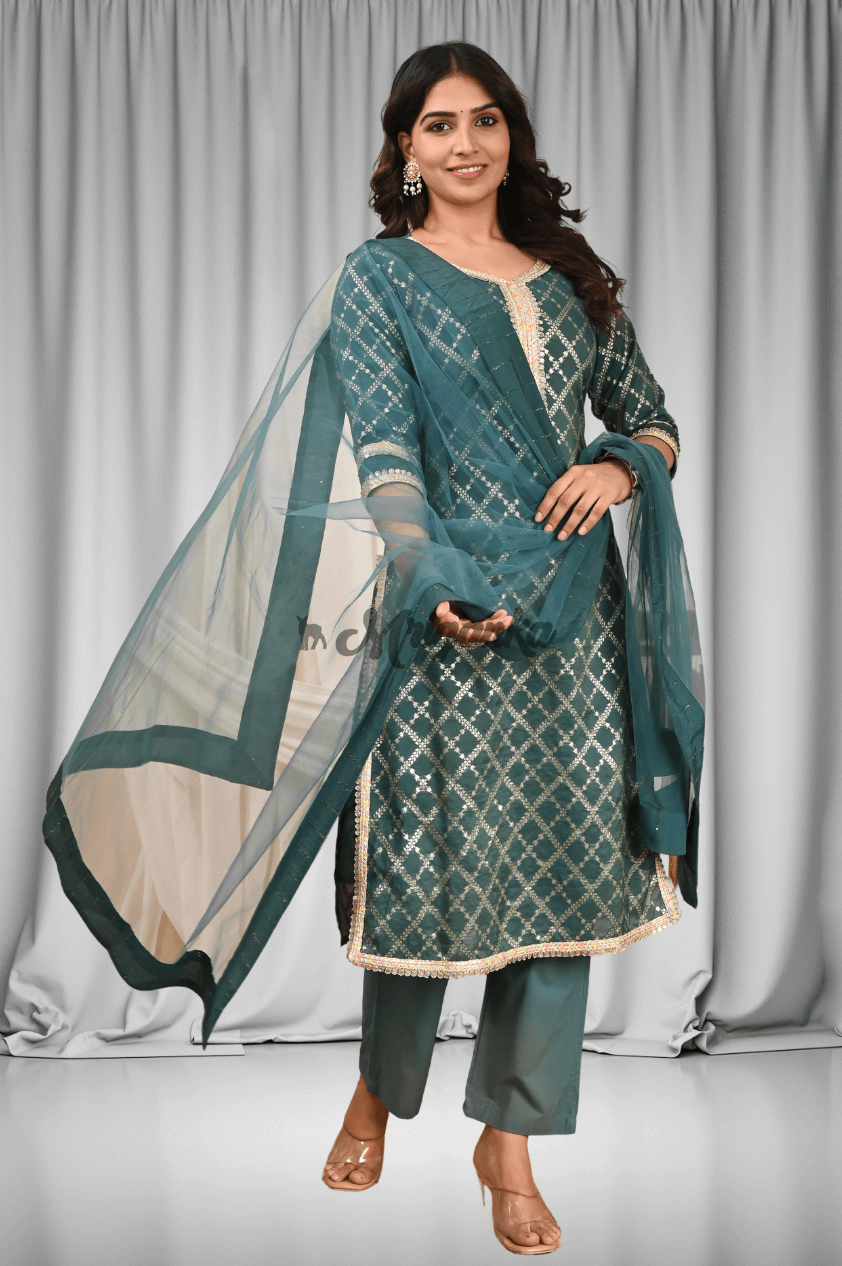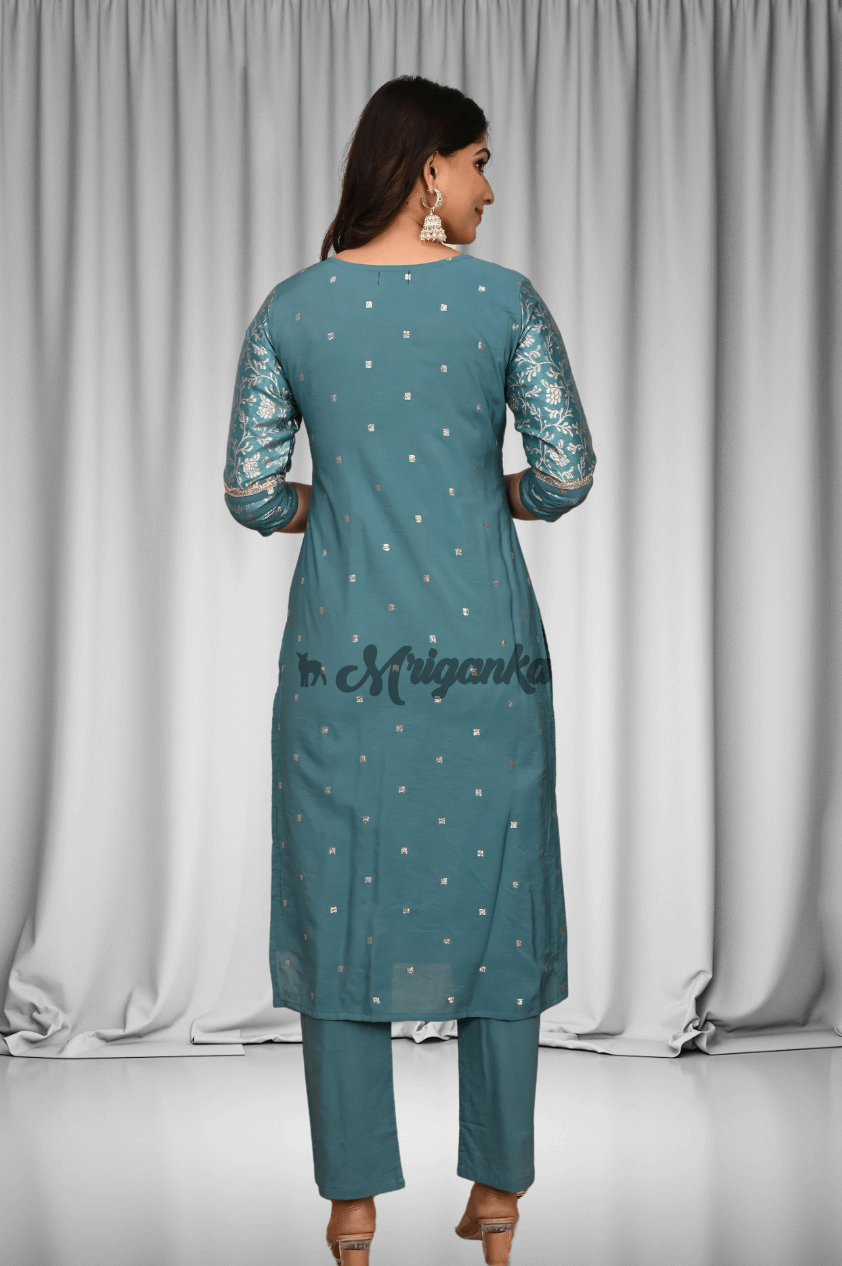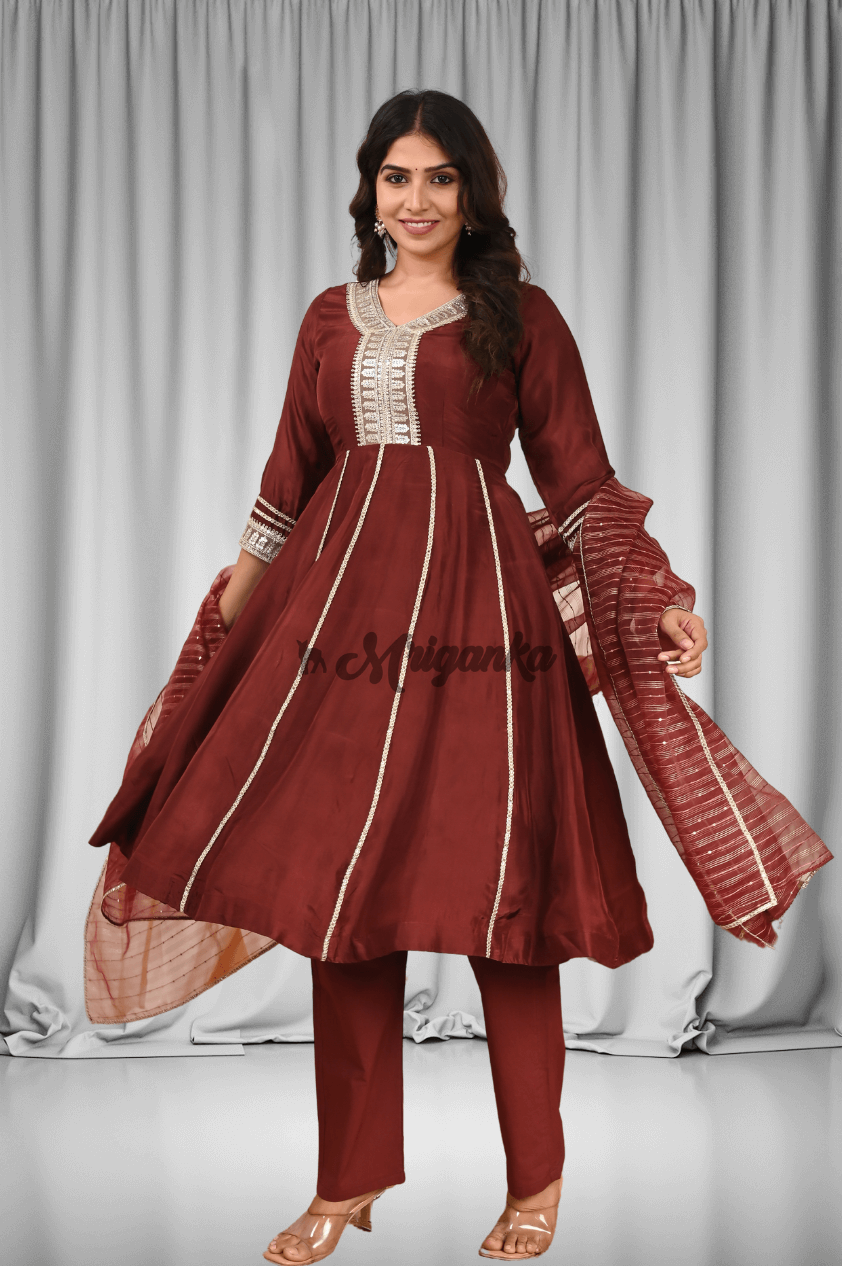The Role of Kaftans in Different Cultures
The Role of Kaftans in Different Cultures
Kaftans are a versatile and exquisite garment that holds deep cultural significance in various societies around the world. This traditional attire has played a vital role in fashion and tradition for centuries, with different regions putting their unique spin on the design and style of kaftans. Let's explore the rich history and evolution of kaftans in different cultures, from the Middle East to Africa, and discover the diverse ways in which this iconic piece of clothing has been embraced and celebrated.
Origins of the Kaftan
The kaftan originated in the Middle East and was traditionally worn by men as a loose-fitting garment that reached the ankles. Over time, the kaftan evolved to become a unisex garment, with both men and women donning this elegant attire for various occasions. The kaftan's design typically features long sleeves and a flowy silhouette, making it a comfortable and stylish choice for different body types.
Cultural Significance
In Middle Eastern cultures, the kaftan is often associated with luxury and prestige. It is a symbol of wealth and social status, with elaborate kaftans being worn for special events such as weddings and religious ceremonies. The intricate embroidery and embellishments on a kaftan reflect the craftsmanship and skill of the artisans who create these beautiful garments.
In African cultures, the kaftan has a different significance, often symbolizing tradition and heritage. Kaftans are worn in various African countries as formal attire for important cultural celebrations and gatherings. The vibrant colors and patterns of African kaftans reflect the rich diversity and unique aesthetic of the continent's multiple ethnic groups.
Style Variations
One of the fascinating aspects of kaftans is the diversity of styles and designs that exist across different cultures. In the Middle East, kaftans are often made from luxurious fabrics such as silk and satin, with intricate beadwork and embroidery adorning the garment. These kaftans are typically long and flowing, exuding a sense of elegance and sophistication.
In Africa, kaftans come in a wide range of styles, from the simple and understated to the bold and ornate. African kaftans are often made from brightly colored fabrics such as Ankara and kente cloth, with intricate prints and patterns that reflect the cultural heritage of the wearer. The cut and silhouette of African kaftans can vary, with some featuring voluminous sleeves and others a more form-fitting shape.
Evolution of Kaftans
Over the years, the kaftan has evolved to become a global fashion staple, with designers and fashion houses around the world putting their modern twist on this traditional garment. In Western fashion, kaftans have been reinterpreted as resort wear and beach cover-ups, with flowy silhouettes and lightweight fabrics making them a popular choice for summer dressing.
Celebrities and fashion influencers have also embraced the kaftan as a statement piece, wearing it to red carpet events and high-profile parties. The versatility of the kaftan allows it to be dressed up or down, making it a versatile wardrobe essential for any occasion.
Cultural Diversity
One of the most beautiful aspects of kaftans is their ability to transcend cultural boundaries and bring people from different backgrounds together. The universal appeal of the kaftan lies in its comfort, elegance, and timeless charm, making it a beloved garment in both traditional and contemporary fashion circles.
Whether worn in the Middle East, Africa, or any other part of the world, the kaftan embodies a sense of cultural pride and identity. It serves as a powerful symbol of heritage and tradition, connecting individuals to their roots and celebrating the diversity of global fashion.
In conclusion, the role of kaftans in different cultures is a testament to the enduring appeal and significance of this iconic garment. From its origins in the Middle East to its presence in African fashion, the kaftan has become a symbol of cultural pride and tradition for people around the world.
As fashion continues to evolve, the kaftan remains a timeless piece that transcends trends and fads. Its versatility and elegance make it a staple in any wardrobe, whether for a formal event or a casual outing. The rich history and evolution of the kaftan serve as a reminder of the beauty of cultural diversity and the power of fashion to unite people across continents and generations.
Share this post:
















